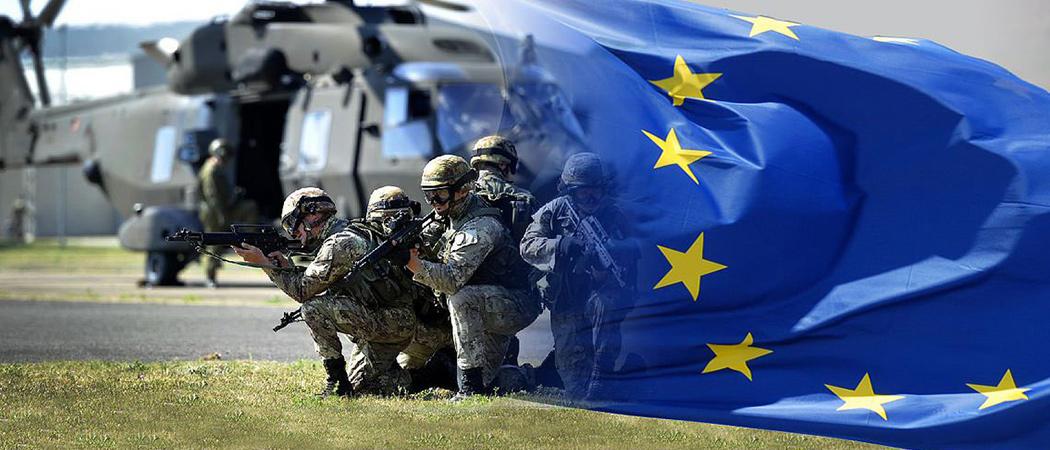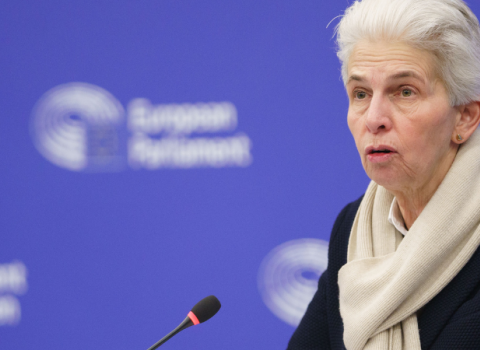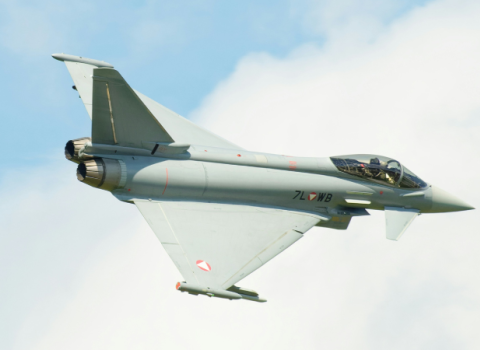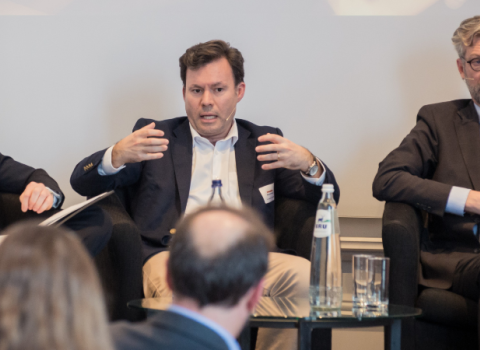Figures from the European Defence Agency show EU member states are investing more in joint R&D with military applications, as the Commission makes moves to open up research funds for ‘dual-use’ technologies

Photo: European Defence Agency
EU member states contributed €420 million to joint capability and research and technology projects ran by the European Defence Agency (EDA) in 2021, an increase of €50 million compared to 2020, according to a report published on Friday.
Last year, EU member states brought into the EDA 46 new research and technology projects on topics including artificial intelligence, land systems, robotics and automation, innovative materials and electronic components, the report says. These projects were on top of an existing portfolio of 40 ongoing research and technology projects worth a total of €233 million.
EDA chief executive Jiří Šedivý said, “2021 has brought to the forefront the crucial topic of defence innovation and emerging disruptive technologies, and their decisive role in bolstering Europe’s security and defence clout.”
The EDA report was published a few days after the Council of the EU approved the ‘Strategic Compass’, an EU plan to improve its defence and security by 2030. Both documents signal an increasing willingness to invest in defence research and innovation.
By signing up to the objectives of the Compass, member states have committed to further boost investments in defence technologies and reduce the EU’s technological and industrial dependence on imports.
The European Commission is also planning to expand the use of research funds for ‘dual-use’ defence technologies, despite the fact that the legislation for the civilian research programme Horizon Europe explicitly prohibits the use of research money for military applications.
Certain defence projects may be funded, as long as the technologies developed are intended for civilian applications, but it’s unclear whether Horizon Europe money will actually end up being spent on developing weapons under the new plan to create synergies between civilian and defence research.
According to the EDA report, the Commission and EDA have “pursued on a systematic basis” the arrangements for funding dual-use projects.
The EDA is also helping manage a budget of nearly €8 billion for 2021-2027 for the European Defence Fund (EDF), of which €2.7 billion will fund collaborative defence research projects. The first 23 calls were published in June last year, but the applications are still being evaluated. The first grant agreements should be signed by the end of the year.
Game changer
Despite the war raging on the EU’s borders, the Commission and the EDA have yet to announce whether new investments in defence R&D are required.
Some EU diplomats say Russia’s invasion of Ukraine is a game changer in all policy fields and priorities are likely to shift and national governments could prioritise military spending in their budgets.
As for the €95.5 billion Horizon Europe research programme, member states have agreed to keep it focused on civilian topics. While that is unlikely to change very fast, the Commission could move funding from Horizon Europe to the EDF. The move would still be controversial, but something similar has happened before, when the Commission used money from Horizon to launch the Chips Act and the health emergency research authority (HERA).
But demarcating civilian and military research could prove to be difficult. For example, research on heat and shock resistant materials could also be used for weapons.
The Horizon Europe legislation stipulates that duplication with the EDF should be avoided, but the EU does not have a methodology for establishing which civilian projects have military applications and how results can flow between the two programmes.
Before the war in Ukraine, the EU’s overall push for joint defence R&D had been criticised because the bloc has no joint army and has limited powers to force EU member states to accept an EU procurement programme for defence technologies.
However, the Russian invasion of Ukraine has prompted EU member states to agree on establishing a “rapid deployment” force of up to 5,000 soldiers that would be deployed in case of military emergencies. While the proposal stops short of establishing an EU army, it could pave the way for a common procurement strategy for defence R&D.





 A unique international forum for public research organisations and companies to connect their external engagement with strategic interests around their R&D system.
A unique international forum for public research organisations and companies to connect their external engagement with strategic interests around their R&D system.